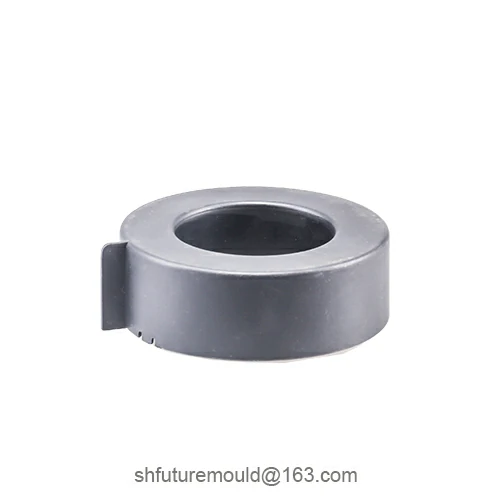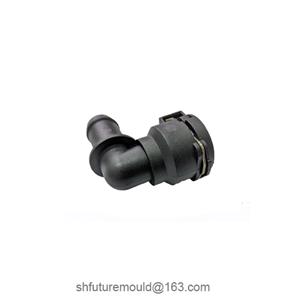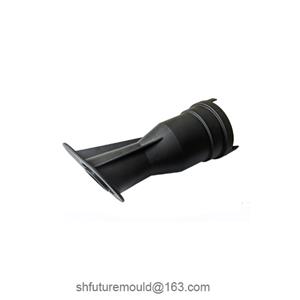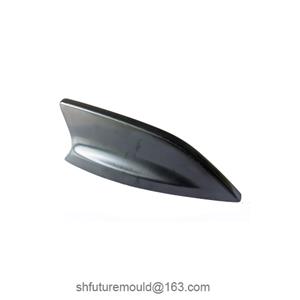Components of an Injection Mold BOM Table
The Bill of Materials (BOM) for injection molds is a core document in mold manufacturing and management. It is primarily used to record all materials and components that make up the mold.
1. Basic Information
BOM Number: A unique identifier assigned to the BOM table.
Mold Name: The name or identification code of the mold for easy recognition.
Version Number: Tracks the version of the BOM table for modification records.
Date: The creation or last update date of the BOM table.
Designer: Information about the person responsible for creating or updating the BOM table.
2. Component Information
Part Number: A unique identifier for each component to differentiate between parts.
Part Name: The component's name, such as core, cavity, or ejector pins.
Part Description: A detailed description of the component (e.g., its purpose or function).
Quantity: The number of each component required for the mold.
3. Material Information
Material Name: The name of the material used for the components (e.g., P20 steel, stainless steel, aluminum alloy).
Material Specification: Detailed specifications of the material (e.g., dimensions, hardness, heat treatment status).
Material Supplier: Information about the supplier of the material (e.g., company name, contact details).
4. Process Requirements
Processing Method: The processing techniques required for the components (e.g., milling, wire cutting, CNC machining).
Surface Treatment: Special treatments such as polishing, chrome plating, or nitriding.
Precision Requirements: Detailed descriptions of dimensional tolerances or machining precision for critical parts.
5. Standard Component Information
Standard Component Name: The standardized components used in the mold (e.g., guide pins, bushings, springs).
Model and Specification: The specific model and specifications of the standard components (e.g., MISUMI, HASCO standards).
Brand: The manufacturer or brand name of the standard components.
Quantity: The quantity of each standard component required.
6. Assembly Information
Assembly Structure Description: Descriptions of the overall assembly and sub-assemblies of the mold.
Assembly Sequence: Recommended steps or processes for assembly.
Assembly Drawing Number: Reference numbers for related assembly drawings for easier lookup.
7. Remarks
Special Requirements: Specific design or manufacturing requirements for the mold (e.g., operating environment, lifespan).
Reference Files: Links or descriptions of related documents to the BOM table (e.g., 3D model files, drawings).
- Injection Mold
- Automotive Injection Mold
- Electronics & Electrical Injection Mold
- Consumer Goods Injection Mold
- Airplane Components Injection Mold
- Medical Components Injection Mold
- Irrigation Components Injection Mold
- Injection Molds




